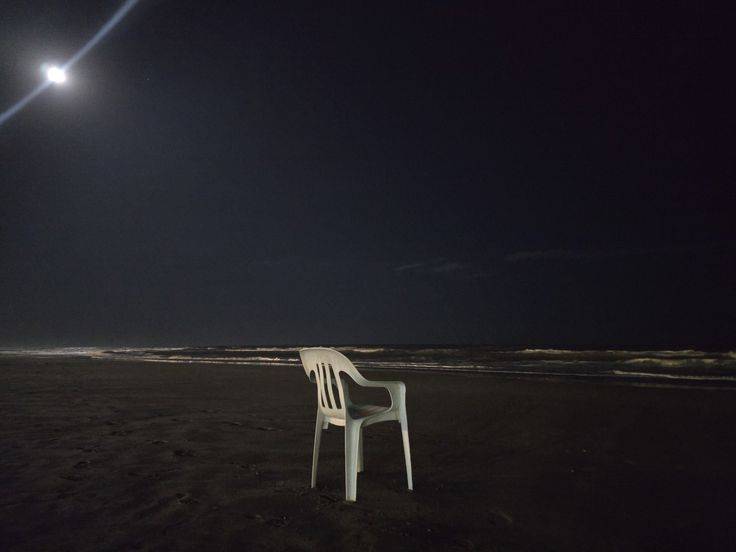A Single Stride Rewrote Our Stars
The Moon Landing That Ignited Humanity’s Dreams
Some moments ripple through time, reshaping what we believe is possible. On July 20, 1969, when Neil Armstrong’s boot touched the Moon’s dusty surface, he didn’t just leave a footprint—he carved a new path for humanity. As a kid, I’d stare at the night sky, my grandfather’s tales of that day sparking wonder in my heart. This is the story of one small step that shifted our gaze upward, a leap that still echoes in our quest to explore the cosmos.
The World Held Its Breath
The 1960s were a crucible of change—war, protests, hope, and rivalry. The Space Race between the U.S. and the Soviet Union wasn’t just about science; it was a battle of dreams. NASA’s Apollo 11 mission, launched on July 16, 1969, carried three men—Neil Armstrong, Buzz Aldrin, and Michael Collins—toward a goal once thought impossible. I imagine my grandfather, glued to his grainy TV, as 600 million people worldwide watched the lunar module Eagle descend, its fuel dangerously low.
I think of my aunt, who worked as a typist at a newspaper then, describing the newsroom’s electric hush when Armstrong spoke: “That’s one small step for man, one giant leap for mankind.†Those words, crackling through space, weren’t just his—they were ours, a shared triumph. The Moon, once a distant muse, became a place we’d touched, its gray seas proof of human courage.
The Step That Changed Us
Armstrong’s stride was more than a moment—it was a mirror, reflecting our potential. For two and a half hours, he and Aldrin explored the Sea of Tranquility, collecting rocks, planting a flag, and leaving a plaque: “We came in peace for all mankind.†Back on Earth, borders blurred as strangers cheered, united by a feat that transcended nations. My grandfather said it felt like “the world grew bigger,†our problems smaller against the vastness of space.
I recall a friend whose dad, an engineer, was inspired by Apollo to design satellites. That single step fueled innovation—computers shrank, GPS was born, and medical imaging advanced from NASA’s tech. It also shifted culture: sci-fi boomed, kids dreamed of being astronauts, and the impossible felt within reach. Yet, it wasn’t perfect—some criticized the cost amid poverty, others the era’s exclusion of women and minorities in space roles. Still, the Moon landing planted a seed: we could do more.
Echoes in Today’s Stars
The legacy of that step shines in 2025. NASA’s Artemis program aims to return humans to the Moon, this time with a woman and a person of color, building a lunar base for Mars missions. Private players like SpaceX, led by Elon Musk, launch reusable rockets, echoing Apollo’s ambition but with new vision. I think of my niece, who wants to be an astrobiologist, her eyes on Mars the way mine were on the Moon. The Eagle’s landing showed her generation that boundaries are for breaking.
But it’s not just tech—it’s hope. In a world of climate crises and division, the Moon landing reminds us we can unite for big goals. My mentor, a science teacher, says it’s a lesson in grit: “They landed with 30 seconds of fuel left. That’s what we need now—nerve to push through.†The Moon’s glow still calls, urging us to dream beyond our horizon.
A Stride for Tomorrow
One small step changed everything—not just where we go, but who we are. Armstrong’s footprint, etched in lunar soil, is a mark of our hunger to explore, to dare. I carry my grandfather’s wonder, telling my niece those stories as we stargaze. If you’re chasing a dream that feels too big, look up. That step in 1969 proves one stride can rewrite the stars. Let’s take the next one together, toward a future as boundless as the sky.
Ethical Note: This piece is a reflective narrative inspired by themes of exploration, human achievement, and inspiration,


